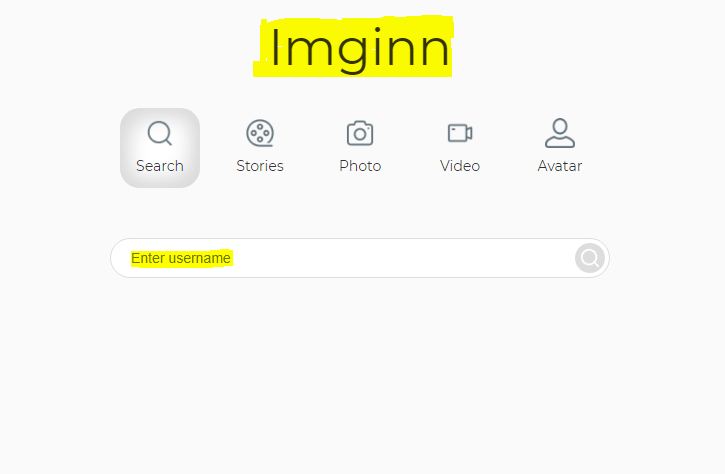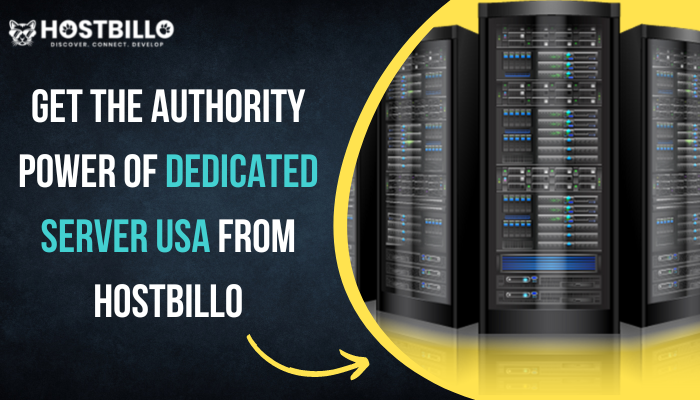In an era of securely integrated IoT devices and lightning-fast cloud computing services, there are endless possibilities for consumers as there is unlimited imagination of the pioneers behind future-defying products.
What is IoT, or “Internet of Things”?
The term “Internet of Things” was coined in an era when consumer vending machines (such as the ones marketed extensively by the Coca Cola company in 1986) inspired wonder among users. In simple terms, a network of devices (termed “things”) that can communicate over the internet – exchanging information and instructions to deliver either a product or a service to an end-user, is an IoT network.
As the IoT service umbrella expanded over the years, products that fell into this bracket included smart TVs, smart refrigerators, smart music systems, smart security systems, and much more. And with the emergence of the smartphone as the focal point of consumer lifestyle, things took a new turn – IoT devices were trained and polished to be able to receive instructions as relayed by a user directly from their smartphone. Home automation systems, smart lighting, smart security sensors that can be controlled with a touch or tap on your phone evolved as an offset of this idea. But all of this was still very nascent and limited to the scope of use for a single user or a single consumer.
The Pairing Of IoT And Cloud Computing
In 2006, Amazon released the EC2, or the Elastic Computing Cloud – as the first scalable and private cloud computing service. Consumer platforms could be launched with enhanced layers of security and increased tiers of efficiency. This further prompted an astounding level of growth in the market for both cloud computing service providers (at the business end), and the emergence of postmodern services such as consumer logistics (doorstep pick-ups and deliveries) and eCommerce (online shopping). These models were largely dependent on the ability of providers to drop-ship items with unfailing accuracy while providing tracking updates to the consumer in real-time.
To make this transition happen, the umbrella of devices that were formerly “certified” as IoT started extending to commonplace business tools, such as shipping label printers, product assembly lines, loading trays, warehouse equipment, and much more. IoT app development finally extended beyond the standard B2C comprehension that it previously enjoyed into the more monetizable, more lucrative internet mainstream of business infrastructure. In the most straightforward words possible, IoT devices became the new “business machines” of the new world order.
The journey of IoT and cloud expansion didn’t end with just consumer services, either. The sudden onset and explosion of cloud computing service providers such as Microsoft Azure, Amazon EC2, Dell, and other local players, fueled a positive void in the IoT app development space to a point where innovation and imagination became essential tools in the path of global technological evolution.
Cloud computing service providers gradually became enamoured with the idea of launching scalable service deployment models that new-age companies could use to fuel their imagination. This era saw the emergence of IoT-enabled cloud computing services from top-end providers, such as (but not limited to) Microsoft’s “Azure IoT Suite”, Google Cloud’s “IoT Platform”, the IBM Watson IoT Platform, the AWS IoT Platform, the Cisco IoT Cloud Connect Platform, the Salesforce IoT Cloud, and the Kaa IoT Platform.
What Does the Future Hold for IoT and Cloud Computing?
Forecasts from the Nasscomm community predict that by the end of the year 2021, more than 50% of all large enterprises will deploy at least one IoT-enabled, edge computing use case, in order to deliver an immersive IoT experience to the end-user. This includes the development of large-scale integrated security systems for enterprise, major inways into the world of manufacturing. Especially in an age where brands with best-in-class consumer loyalty scores (such as Apple) are planning to launch manufacturing hubs in emerging markets (such as India). Areas of the business that require the strictest amount of control and monitoring (manufacturing, consumer transportation, enterprise logistics) stand to gain the most from investing in the right category of IoT app development, customised to the needs of both businesses and their customers.
These predictions from the technological community also suggest that by the year 2024, at least 50% of all digital businesses will be IoT-enabled. This means it’s high-time that solution architects and product pioneers who are working on seamless IT products for both business and consumer categories, start planning their product life cycles around a predominantly IoT-led landscape. “IoT is the new IT”, is not just a mantra – it is the defining life force of a continuously evolving system, which will eventually make its way into all aspects of a “truly” digital lifestyle.
Can you imagine high-speed monorails that take you from Mumbai to Bengaluru without dispensing any physical tickets, without any manual intervention whatsoever, where your luggage gets scanned, you get vetted for safe transit. Does the presence of IoT devices augment your entire journey? That’s where the future is headed, and the pairing of IoT and cloud computing is creating the perfect synergies for this transition to happen. In real-time! (no pun intended).












